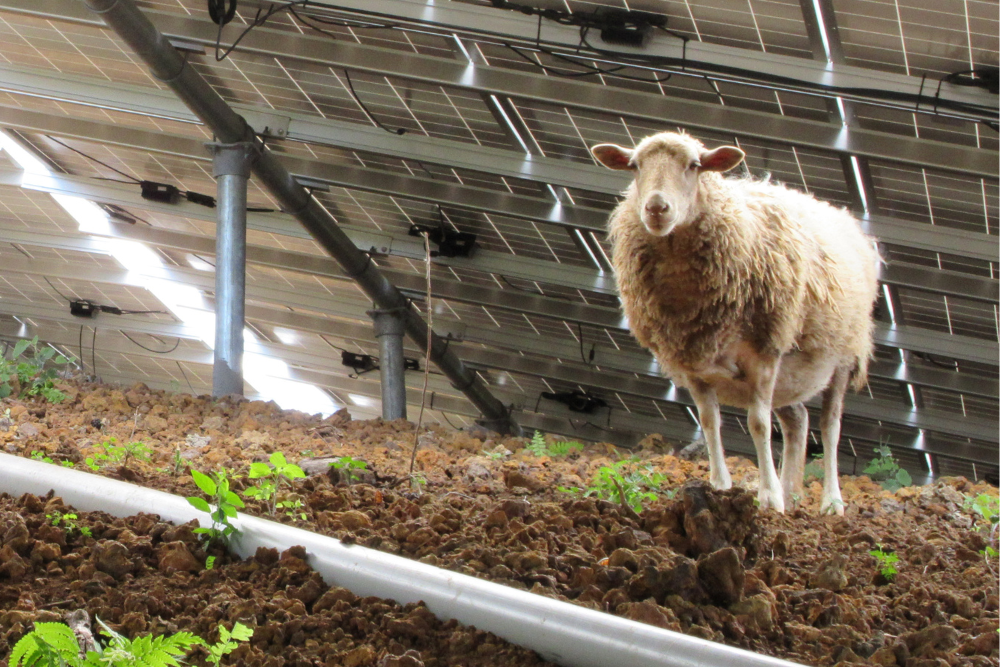Hawaii has gone from relying on imported fossil fuels for its electricity to leading the United States’ charge toward renewable energy sources like solar. As the Hawaii State Energy Office touts, the Aloha State was the first state to commit to getting 100% of its electricity from renewable energy by 2045. Hawaii is also aiming at a net-negative emissions target, having set a goal to sequester more greenhouse gases than it generates by that same deadline.
Altus Power’s Hawaii program supports the state’s transition to clean electric power. As with our presence in other states, Altus offers Hawaii residents — homeowners and renters alike — the benefits of Community Solar, including the chance to reduce their community’s carbon footprint, without any equipment or changes to their existing utility.
As Altus’ solar farms deliver power to the local grid, subscribers get solar credits on their utility bill and pay Altus for those credits at a discounted rate. In Hawaii, Altus is working with Hawaiian Electric Company (HECO), and Altus subscribers get a 13% discount on the solar credits. Spots in the Altus’ Hawaii program are currently available for Oahu residents. To check your eligibility, head to join.altuspower.com and enter your zip code and utility provider.
Part of the clean energy meeting Hawaii's net emissions goals is coming from Palailai Solar Farm in Kapolei, which Altus owns and operates. Altus announced the project in June 2023, heralding Hawaii’s largest community solar project to date. Approximately 60% of the solar energy from Palailai’s 5-megawatt array benefits a local nonprofit operating a medical facility, and the remainder is available to benefit the nonprofit’s employees and other Oahu residents.
Already, Altus has more than 24,000 customers across the United States and is delivering more than 680 megawatts of clean energy nationwide. The Hawaii program is part of the Altus mission to join utility companies like HECO in offering an alternative to fossil fuel-based energy.
“We’re excited the shared solar program is taking root and opening up to residential customers who haven’t been able to install private rooftop solar,” Lani Shinsato, HECO’s co-director of customer energy resources, said when the Palailai farm was announced. “Providing customers with options is critical, and shared solar projects like this will allow subscribers to reduce their energy bill and take part in the state’s clean energy transition.”
Interested in being part of the progress? Go to join.altuspower.com to start the application process. And if you have any questions at any point along the way, contact our Customer Experience Team any time at hello@altuspower.com.
Interested in getting started with Community Solar?
Reduce your electricity costs and help your community go green with Community Solar.





